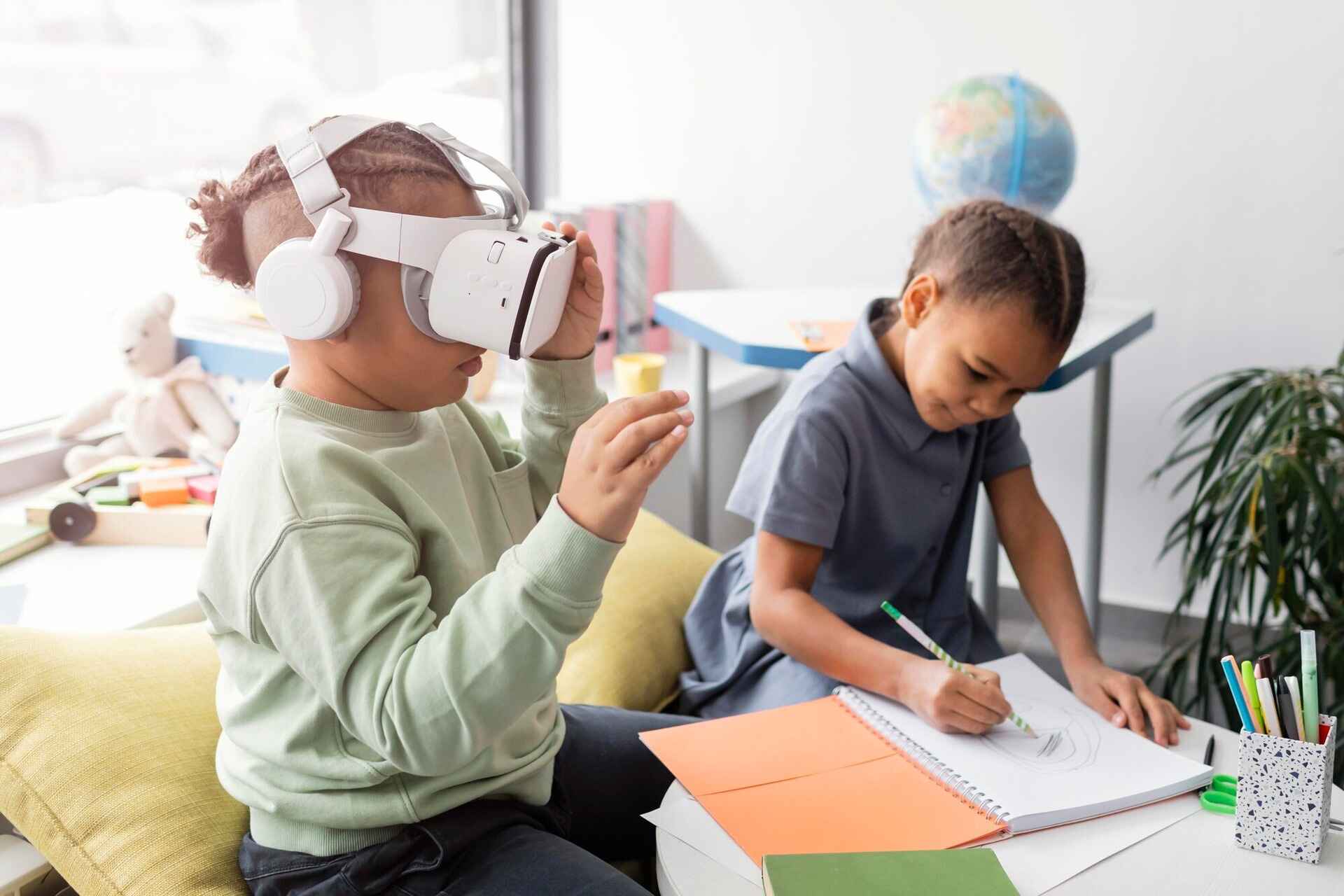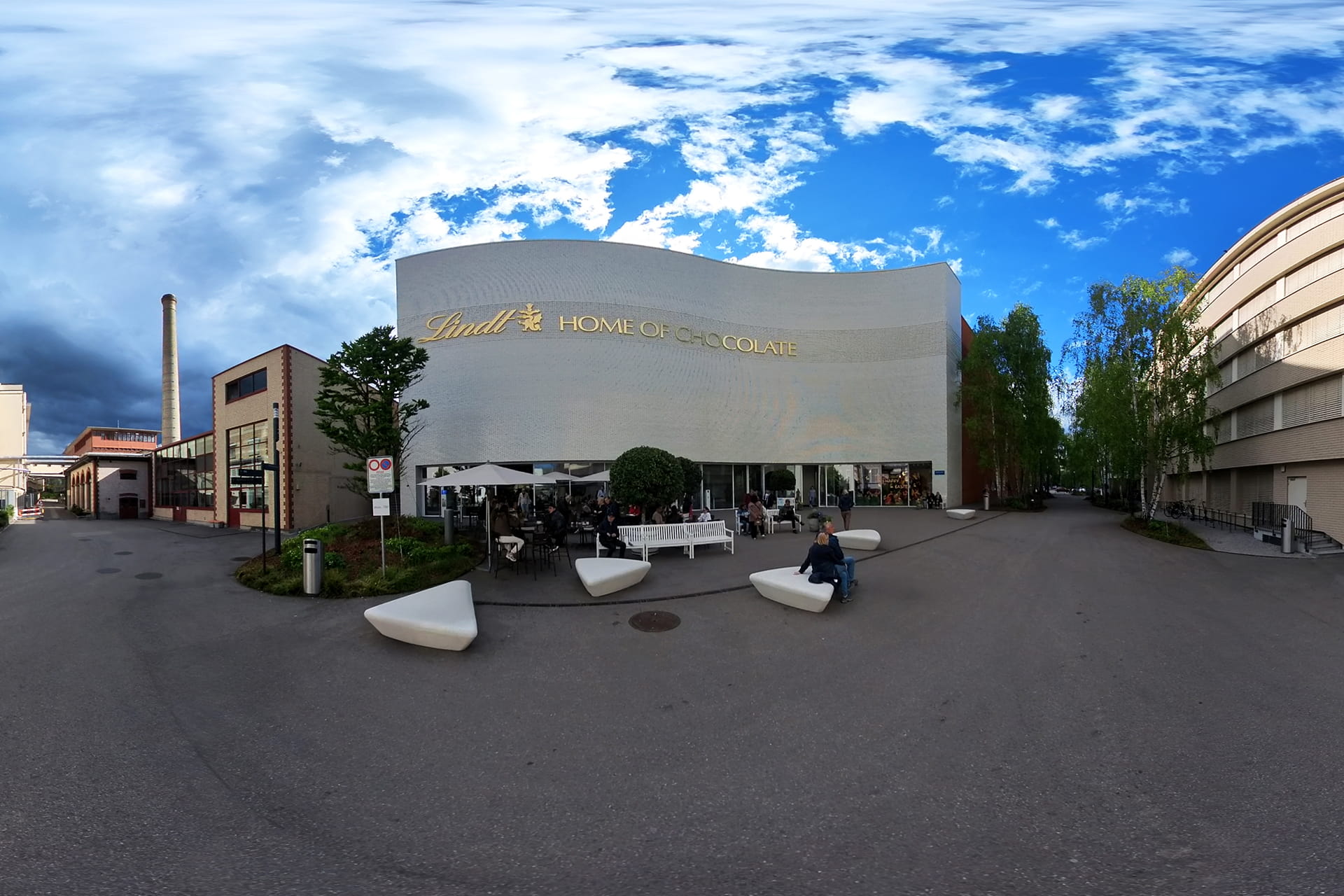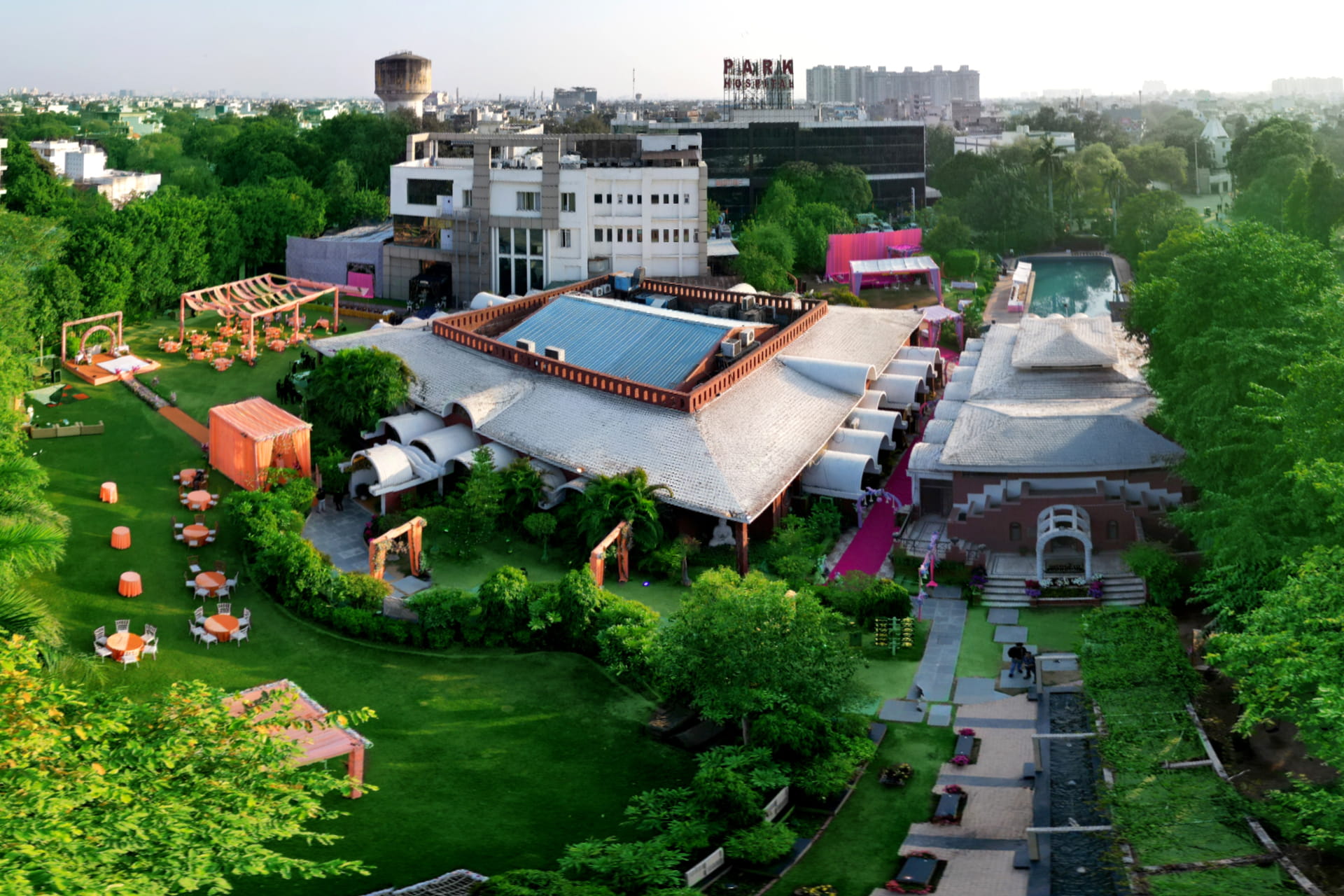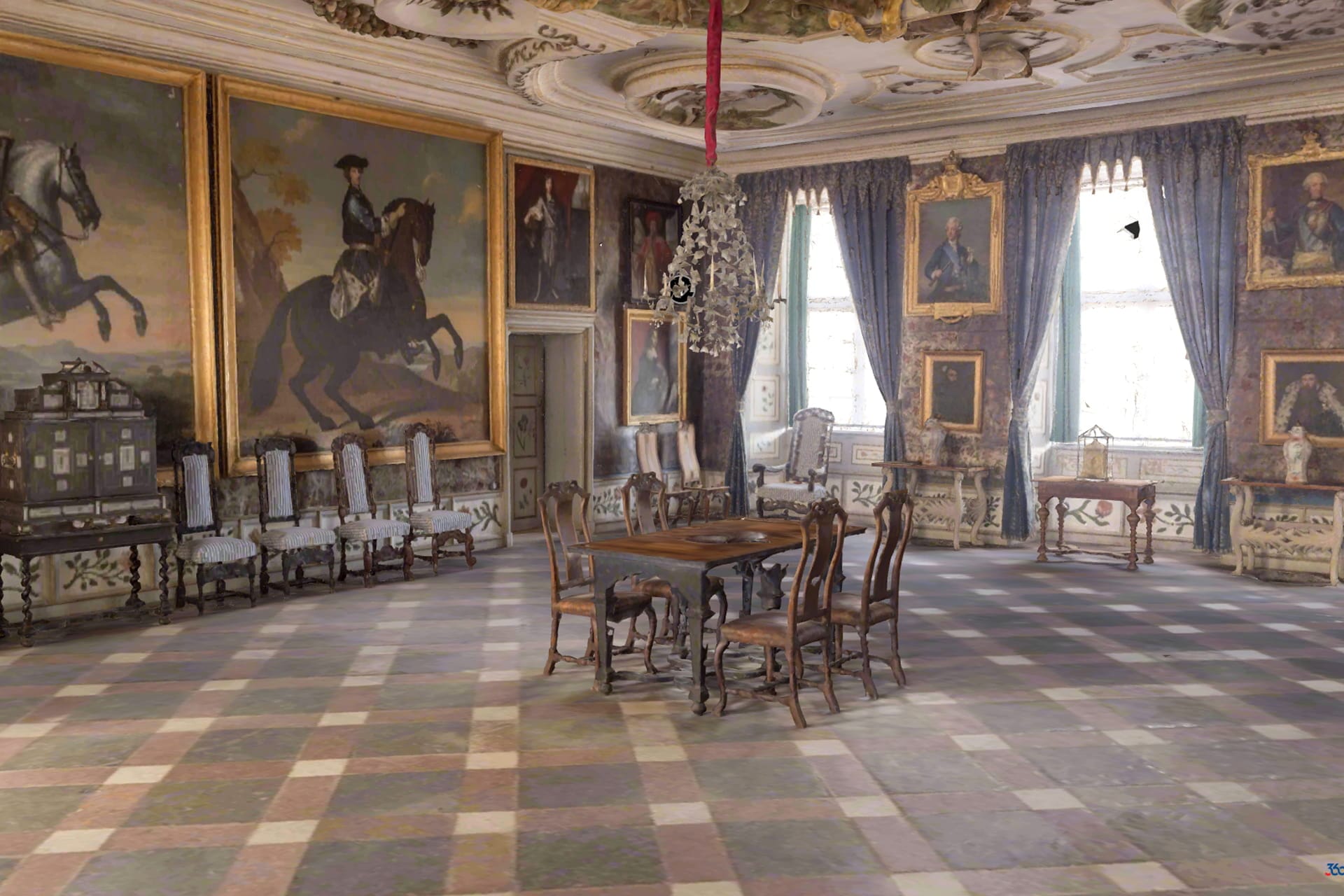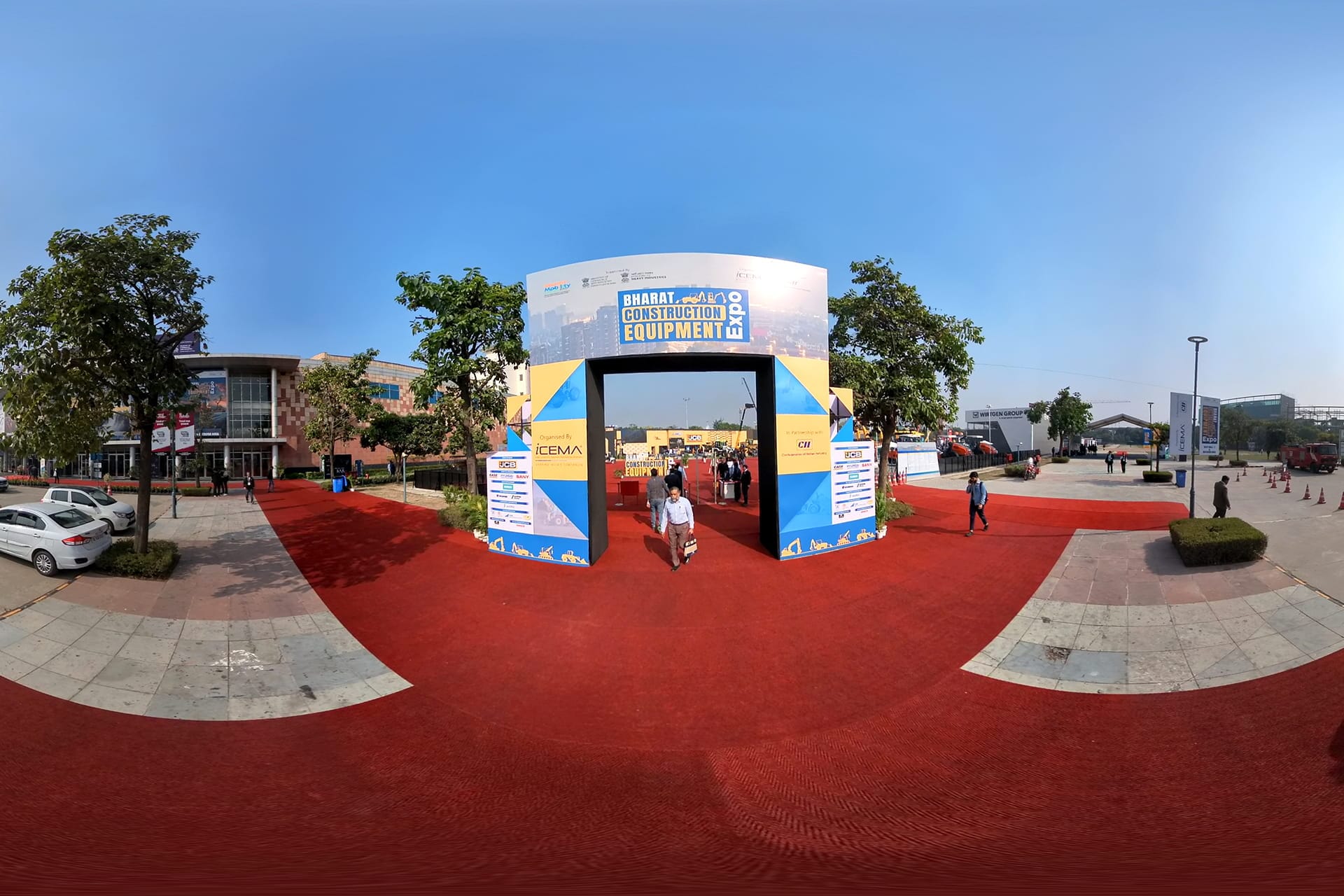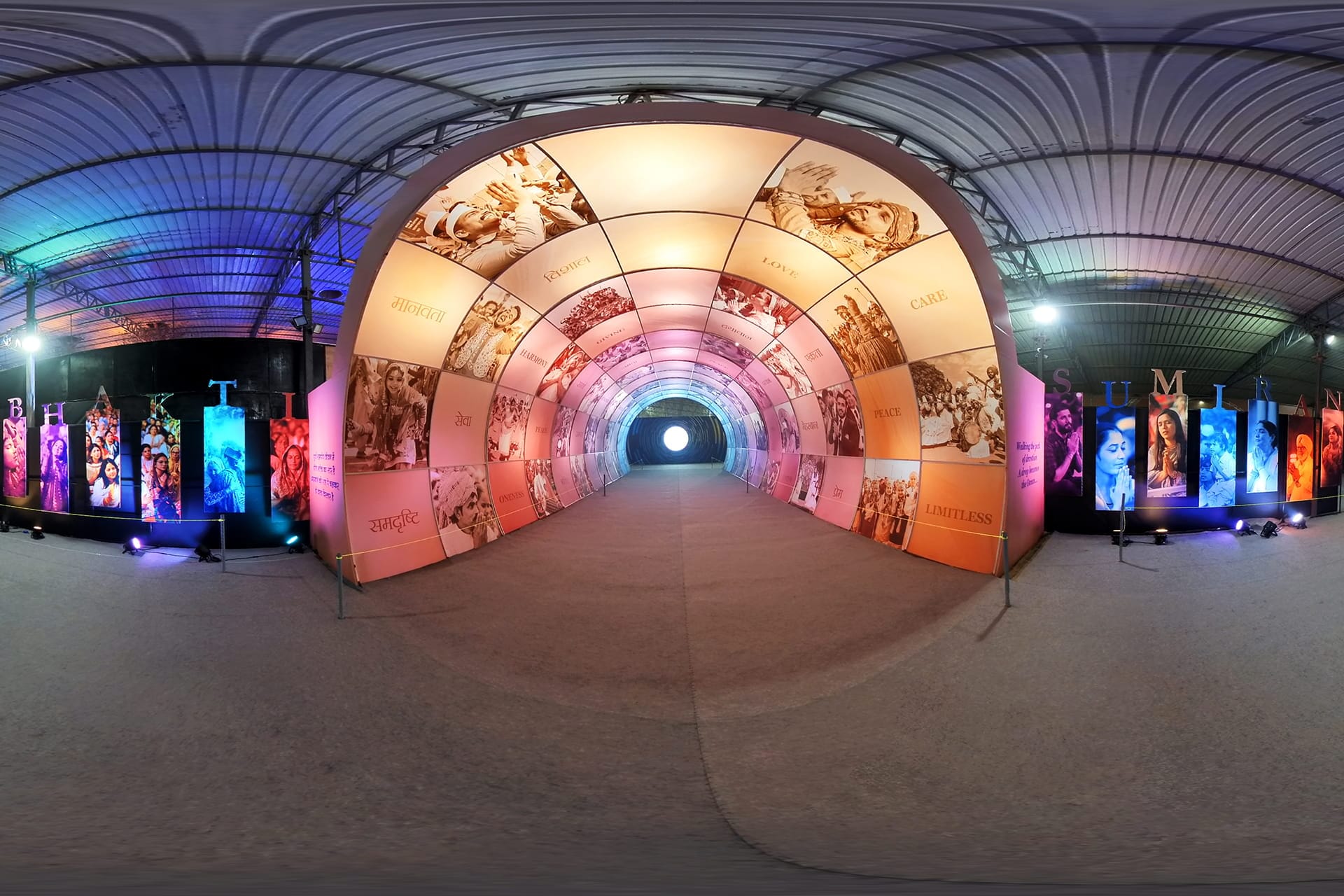Unveiling the Future of Learning: 20 Benefits of AR and VR in Education
In the fast-paced world of technological evolution, Augmented Reality (AR) and Virtual Reality (VR) have emerged as transformative tools, particularly in the realm of education. These immersive technologies are revolutionizing traditional learning methods and creating engaging, interactive experiences for students. Let's explore 20 compelling benefits of integrating AR and VR in education.
- Enhanced Engagement:
AR and VR captivate students' attention, making learning more enjoyable and interactive. This heightened engagement often translates into improved understanding and retention of information. - Real-World Simulations:
VR simulations provide students with hands-on experiences in a controlled virtual environment, allowing them to apply theoretical knowledge to real-world scenarios. - Personalized Learning:
Adaptive learning platforms in AR and VR cater to individual student needs, providing personalized educational experiences based on learning styles and progress. - Global Collaboration:
VR facilitates virtual classrooms, enabling students from different parts of the world to collaborate on projects, fostering a sense of global connectivity. - Immersive History and Geography Lessons:
AR and VR transport students to historical events and geographical locations, offering immersive experiences that go beyond textbooks. - Skill Development:
Virtual scenarios provide a platform for students to develop practical skills, from conducting virtual experiments in science to honing technical skills in various fields. - Accessibility:
AR and VR make education accessible to students with different learning abilities, providing inclusive learning experiences. - Interactive 3D Models:
Complex concepts become tangible through interactive 3D models, aiding students in visualizing and understanding abstract ideas. - Virtual Field Trips:
AR and VR eliminate geographical constraints, allowing students to embark on virtual field trips to museums, historical sites, and natural wonders. - Language Learning Enhancement:
VR environments offer immersive language learning experiences, enabling students to practice language skills in authentic settings. - Medical Training Simulations:
In the field of medicine, VR simulations allow students to practice surgeries and medical procedures in a risk-free environment. - Enhanced Teacher Training:
AR and VR support professional development for educators, offering realistic training scenarios and innovative teaching methodologies. - Increased Retention Rates:
The immersive nature of AR and VR experiences contributes to higher retention rates as students remember information more effectively. - Virtual Laboratories:
VR labs provide a cost-effective and safe alternative to traditional laboratories, allowing students to conduct experiments without the need for physical materials. - Career Exploration:
VR experiences can offer insights into various careers, helping students make informed decisions about their future paths. - Gamification of Learning:
Gamified elements in AR and VR make the learning process more enjoyable, motivating students to actively participate and progress. - Historical Time Travel:
AR apps can overlay historical information onto real-world locations, offering a time-traveling experience for students. - Increased Collaboration:
AR and VR enable collaborative projects, fostering teamwork and communication skills among students. - Remote Learning Solutions:
VR bridges the gap for remote learners, providing them with virtual classrooms and collaborative spaces. - Technological Literacy:
Exposure to AR and VR technologies equips students with essential technological literacy skills, preparing them for the digital future.
Conclusion
The integration of Augmented Reality and Virtual Reality in education signifies a paradigm shift in the way we approach learning. These technologies not only enhance engagement and understanding but also open up new possibilities for creating inclusive, personalized, and globally connected educational experiences. As we embrace the multitude of benefits that AR and VR bring to the educational landscape, we are paving the way for a future where learning knows no bounds and students are empowered with immersive tools to navigate the complexities of the modern world. The journey towards educational transformation is well underway, and the synergy between technology and learning is set to redefine the future of education.


